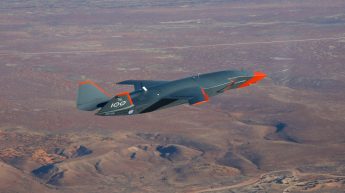This story first appeared in the May 2009 edition of Australian Aviation.
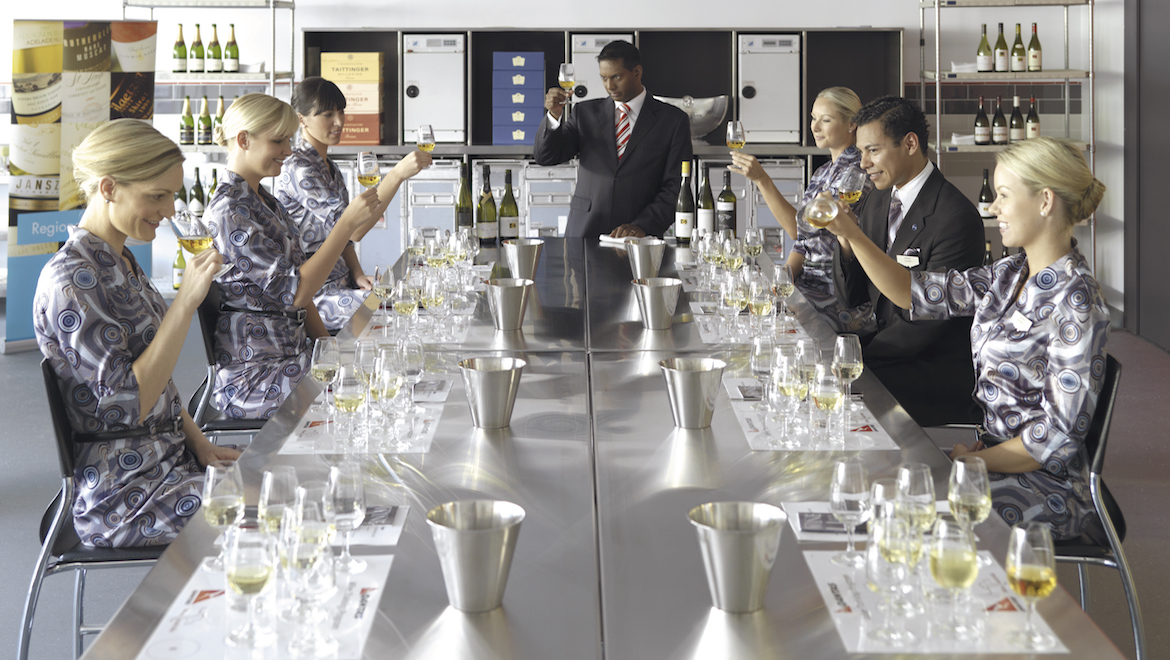
Although the global economic crisis is hitting its premium traffic, Qantas has reaffirmed its commitment to high levels of customer service with the opening of its new Centre of Service Excellence (COSE).
Based at a former engineering training centre in Alexandria near Sydney Airport, the new centre underwent a major $10 million refit last year to provide specific facilities for customer service training for the airline’s staff, with the first courses kicking off on December 2.
The Centre of Service Excellence concept has been in train for some time.
“The concept started about 18 months ago or so,” Qantas EGM (executive general manager) John Borghetti told Australian Aviation in March. “The concern that we had was, very simply, consistency. Consistency of customer service is just as important – if not more so – than the level of customer service.”
Designed to be a place where a number of the group’s employees can experience the full range of Qantas products, the centre also has a number of dedicated facilities for customer service training. This currently ranges from serving food and wine through to uniform presentation.
Compared to other specialised training centres for the various customer facing roles within the airline, Borghetti says that the new centre is aimed at providing a consistent training environment for a number of employees across the airline which allows them to see, touch and experience the different elements of Qantas’s products.
“It isn’t a classroom training process. We wanted it to be experiential. We wanted the staff to experience the actual product and training they will undertake, not just in a theoretical sense in a classroom with four walls and a whiteboard,” said Borghetti.
The company aims to take 18,000 staff – including engineers, pilots, cabin crew and call centre operators – through the facility over the next 12 months to receive training in customer service and experience a number of the elements of the airline’s offerings, from the product on a QantasLink Dash 8 up to the first class suites on an A380.

As Borghetti explains, one of the main outcomes it expects from the use of the centre is to bring Qantas’s customer service to a level where it is considered the leader in Australia. “I want us to be recognised as the company that does customer service best. Not the best airline – I don’t want to be the best airline in customer service – I want to be the best company in customer service. I want other corporations in Australia to look at Qantas when they talk about customer service.”
Interestingly, the opening of the centre came after a tough period for the carrier, during which time its brand and reputation became tainted as a result of the engineers’ dispute and the two serious inflight incidents. This was further highlighted in a recent Choice magazine survey which saw Virgin Blue and Regional Express poll ahead of Qantas as the best overall airline in Australia.
But Borghetti says that the centre is not a knee-jerk reaction to any perceived fall in service standards or damage to its brand. “It’s more one of upgrading further our service culture. There is a service culture within the airline – if there wasn’t, we wouldn’t be where we are today in terms of ratings against other airlines. It’s upgrading that even further, taking it to the next level.
“We’ve been recognised as having very high customer service standards – our research shows us that,” he added, citing Qantas being voted as the third best airline in the world in the 2008 Skytrax World Airline Quality Awards.
But those awards also demonstrate why Qantas is placing so much emphasis on its service, as major rivals Singapore Airlines and Cathay Pacific came in ahead of the Australian carrier. Both carriers have received acclaim for their innovative cabin products – such as SIA’s new extra wide business class seats – as well as their service delivery.
“We have the best airlines in the world in terms of their service living and breathing in this part of the world, so we have no choice but to be amongst the best otherwise we wouldn’t survive,” said Borghetti. “Arguably if we had an airline like Qantas based in the US, the competition would be very different.”
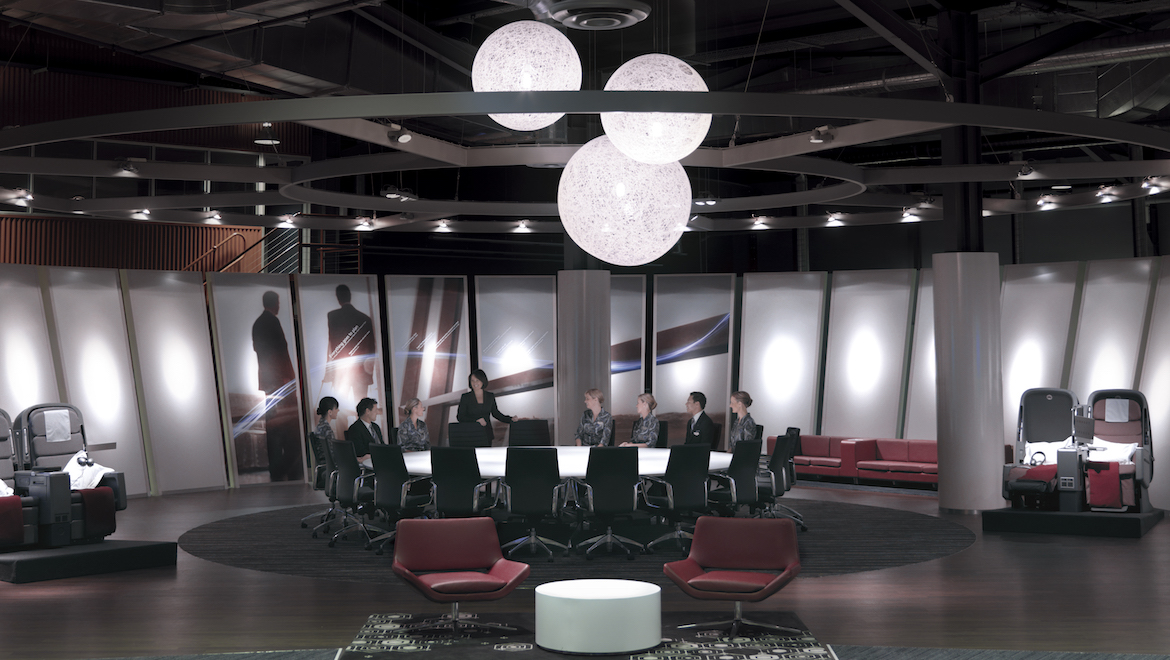
In the zones
Covering an area of 5000m2, the centre has a number of impressive features aimed at delivering a variety of courses for Qantas’s service staff.
“What we have developed is a centre that will help us achieve a broader understanding of exceptional service,” said Borghetti. “It will help enhance the training of front-line people right across the group which will ensure that the service style is consistent through every stage of the customer experience.
“In our view, there is nothing like this, certainly not in any airline that we know of. This is a leading edge enhancement,” he added.
Currently the major focus of the centre is running Qantas’s new “Exceptional” course, which is focused around delivering exceptional customer service. This course runs three days per week, with approximately 130 staff from across the airline involved in each course.
These courses start with all participants seated in an auditorium, where an executive general manger gives an opening address. Following this, a large curtain is raised, leading to the central plaza area. This area has seating for 125 people in cafe style seating as well as an 8m round central stage.
Surrounding this area are different “customer experience zones”, in which Qantas has included all the key elements of the Qantas experience. There are four key zones, representing the different elements of Qantas’s domestic and QantasLink products, business class, first class, premium economy and international economy. Each of the zones is also a learning facility, with tables and chairs provided for discussions and presentations of the different products to take place.
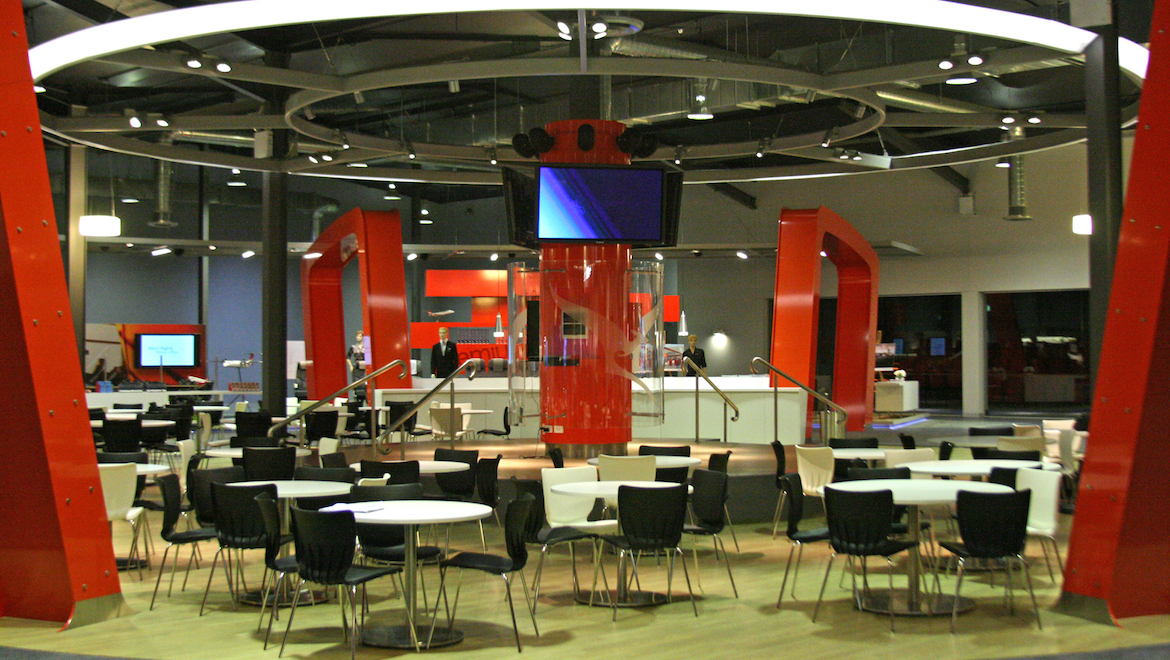
No detail has been spared in the fitout of the zones at the centre, with the first class zone featuring the same furniture as used in the first class lounge at Sydney Airport. In the area surrounding the seats, all elements of the product – right down to the elements of the amenity kit – are displayed.
A key benefit of having the different zones is being able to show employees the different products offered in different parts of the company and therefore gain a greater understanding of the bigger picture, as Borghetti explains.
“If you’re an international cabin crew member, you may not be as familiar with the customer experience on QantasLink and to be able to see it all and put it into perspective to see the bigger perspective is very beneficial.”
Behind the customer experience zones are four separate cabin crew training pods which replicate the galleys and first and business class on board the 747 and A380 fleets. Cabin crew service training – including about the hard product and the service delivery – is conducted in these pods, and identical ones have been rolled out at Qantas’s other cabin crew training base in London.
Near to this is what Qantas calls its “innovation zone”. In this area are two large screens which in fact are electronic whiteboards that can be used by employees to write suggestions for product improvement. These are then automatically sent to the airline’s marketing department for consideration in their product planning process.
Another highlight of the facility is the Epicurean Wing, which has two dedicated rooms where wine and food training is undertaken. In most cases, this training has involved chefs from Rockpool, the restaurant of Qantas’s main consultant chef Neil Perry. Wine specialists are also frequently brought in to run sommelier training for cabin crew.
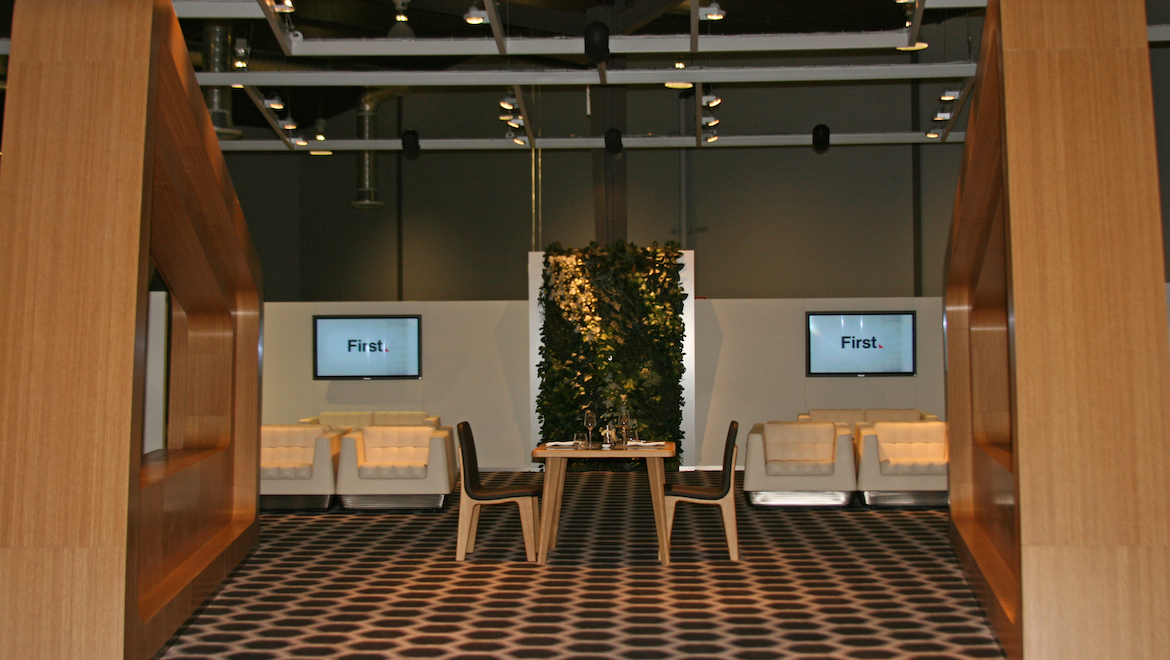
While the courses are meant to help inform cabin crew on a day to day basis, Borghetti says that a number of crew partake in them during their own time.
Away from the central plaza area, the company has also installed a number of workstations where staff are able to access their emails and the Qantas corporate intranet. There are also dedicated rooms for makeup and grooming training, as well as 12 learning and development classrooms on the first floor.
The centre has benefited from Qantas’s partnerships with a number of key suppliers. Panasonic has sponsored the innovation zone, and provided the electronic whiteboards and numerous LCD displays around the centre. Other suppliers have also provided a number of resources.
As Borghetti explains, the objective is to take approximately half of Qantas’s staff through the facility in order to gain an appreciation of the different products offered across its operations. This will also include a number of employees who are not directly dealing with customers, but are an important part of delivering its product.
“You could be the EGM of engineering. You may never see a passenger, but I want him or her to be on the same page as those who deal with them every day because they have an impact on the customer,” said Borghetti.
As could be expected, those in different roles will gain different experiences. “For example, if a call centre operator goes through this centre, his or her experience through it will be to physically see and touch some of the product they sell over the phone,” said Borghetti. “You may not have ever seen some of the product that you’re going to see in this centre. This gives you a feel for what it actually looks, feels and tastes like.”
Importantly, Borghetti says that a key element will be taking Qantas’s entire executive management team through it. Indeed, he undertook the inaugural Exceptional course through the centre, and says that a number of other senior employees at all levels will go through the course over the year ahead – including CEO Alan Joyce.
Clearly, the airline is aiming to model a top-down approach to customer service. “If we are going to say to ourselves that we are going to be known as the best customer service business – not (just) airline – in Australia, it must go throughout the whole organisation,” he said. “It can’t just be the front-line staff because if management doesn’t believe it, if management doesn’t walk the talk, it’s just not going to happen.”
Similarly, the centre is also playing a key role in helping to re-engage those employees who are constantly involved in customer service to help shape how the airline can continue to improve its products.
“This isn’t all about one way learning,” said Borghetti, who explained that the centre is a natural complement to its recently launched Connexion program. Under this program, 5000 staff were randomly selected to participate in a series of programs to gather ideas to improve the airline’s service offerings.
“This gives them the opportunity to pass up some of the customer service improvements we need to do,” said Borghetti. “This will help to keep redefining the experience and incorporate it quickly into our product and service developments and our training, which can now be conducted at the centre.”
Longer term, there may also be some scope to combine the training for Jetstar employees at the centre. “Obviously, as the Qantas Group continues down this strategy, it will cut across to Jetstar in some form,” said Borghetti. “We have to remember that is a different product so there are different requirements in their training.”
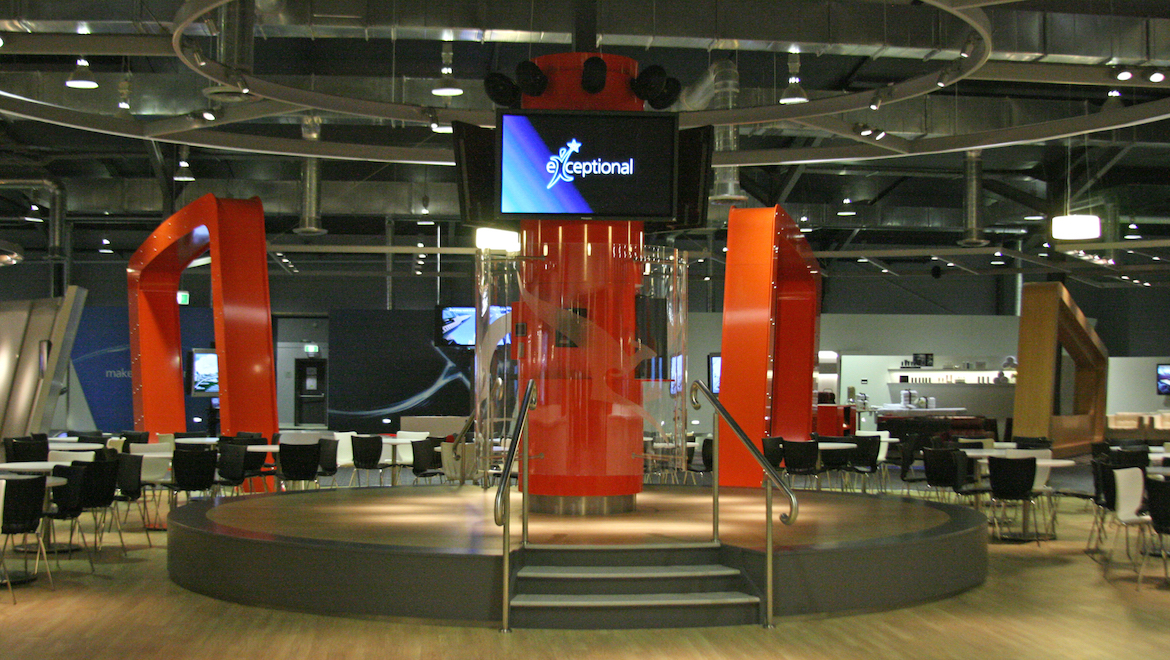
New products
The opening of the centre comes at a time when Qantas has put major investments into its hard product in recent years to keep it competitive with other airlines in the region.
“In the last five years we’ve spent $1.7 billion in product,” explains Borghetti. “That’s everything from aircraft interiors to lounges, and we embarked on a road that said we want to inject design and practicality and comfort to our product on the planes and the ground.”
A large part of that was engaging designer Marc Newson to add his touch to nearly every element of the Qantas product – from aircraft seats to lounges and everything in between. Key to this is the idea that by limiting the airline to a single designer is that there will be a consistent approach across the airline.
“I want the person walking into that lounge or the aeroplane to immediately recognise it as Qantas, even if it doesn’t say Qantas,” said Borghetti.
Along that line, the airline is planning to open new first and business class lounges at Hong Kong International Airport towards the end of this year, which will be largely identical to those now operating in Sydney, down to using the same furniture and decor.
But as strong as new hard product can be – especially for high yielding business traffic – even more important is the style of service delivered by the airline’s employees. “A lot of airlines fly the same equipment, they have the same aeroplanes, they might be painted a different colour and they may have a different interior . . . (but) what makes the difference is the people, both that provide the service and those that design what goes into the product delivery at all touchpoints,” said Borghetti.

Value for money?
The centre is no small investment for the Qantas Group. But given the trend of many passengers trading downwards from premium traffic – especially among business and other high yielding travellers – is it money well spent?
For Borghetti, the answer is an emphatic “yes”.
“Someone asked me in the last month or so, if you knew what you know today about the world going downhill economically, would you have still spent $10 million on this and done it?” he said. “My answer to them was that if I knew this was going to happen I would have spent $20 million.”
He says that the key reason is that in the current environment, there is a bigger impetus to maintain differentiation between Qantas and its competitors. “It’s times like this that you need to differentiate yourself from your competitor. There is no bigger differentiator than the human element. You can come up with a brand new seat that looks terrific and it can be copied in no time, but it’s the human element you’ve got to take the lead on.”
This is despite the Qantas Group for many years talking about the long term trend of commoditisation of air travel, which has justified a number of routes being handed over to Jetstar under the group’s famous two-brand strategy.
However, Borghetti insists that there is a big place for Qantas in serving the premium end of the market. “That doesn’t mean you don’t have to be price competitive. But there is a segment that will always pay a little bit more if they get what they want,” he said.
While the centre and its associated training are a major cost at a time when the outlook for the airline industry is challenging, the commitment of the management and staff to lift customer service to the next level should mean that Qantas sees a good return on its $10 million investment.
VIDEO: A 2011 time-lapse video showing the construction of the Qantas Centre of Service Excellence from the Indesignmedia YouTube channel.
This story first appeared in the May 2009 edition of Australian Aviation. To read more stories like this, become a member here.




